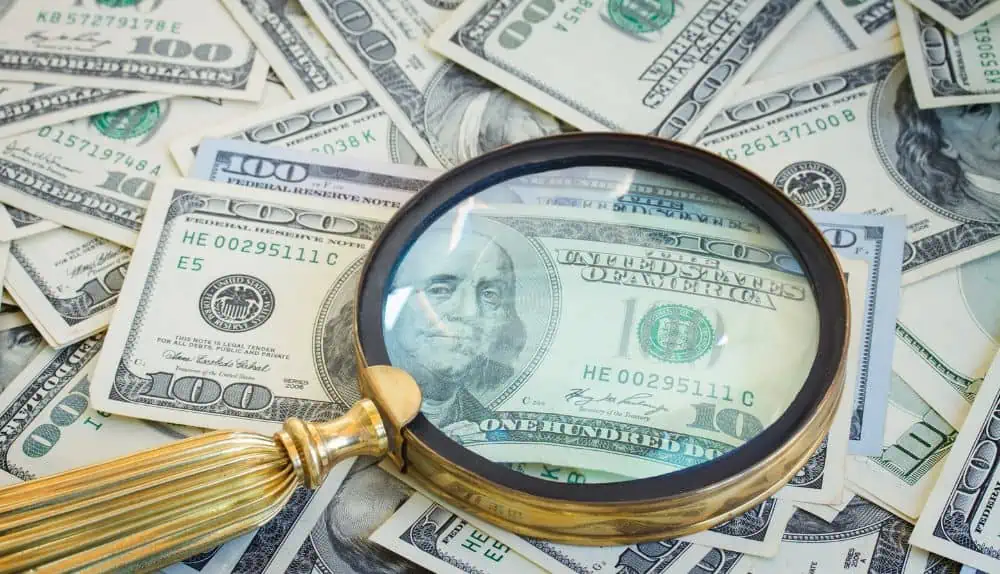Check Out the Usages of Imitation Money in Artistic Creations and Theatrical Performances
copyright cash, usually associated with deceptiveness and outrage, holds a peculiar allure when it finds its method into the world of theatrical efficiencies and imaginative creations. As we dig into the diverse usages of phony money in these creative domain names, we begin to uncover a globe where credibility and replica blur, motivating us to examine the actual nature of value and representation within art and performance.

Historic Relevance of Funny Money in Art
The historic relevance of funny money in art is a complicated and interesting subject that clarifies the intersection of creative thinking, subversion, and socio-political commentary. Throughout background, artists have actually utilized funny money as a device for difficult societal standards, questioning the value of currency, and making effective statements regarding wealth and power.
Among the most noteworthy instances of funny money in art go back to the Dada activity of the early 20th century - copyright money for sale. Musicians such as Marcel Duchamp and Hannah Höch integrated copyright right into their jobs to criticize the capitalist system and explore the idea of value in a swiftly altering globe
Additionally, throughout times of economic instability or political turmoil, funny money has been made use of by musicians as a type of protest or rebellion. By developing and circulating copyright, artists have been able to disrupt the status, obstacle authority, and provoke vital discussions about the duty of money in culture.
Influence of Imitation Money on Visual Arts
By incorporating fake cash into their jobs, musicians provoke conversations on the nature of value, credibility, and social understandings of wealth. The use of phony money in art likewise raises honest factors to consider concerning the borders of creative expression and the implications of reproducing legal tender. On the whole, the impact of phony currency on aesthetic arts is multifaceted, promoting important reflections on the intersection of money, art, and societal worths.
Symbolism and Meaning in Theatrical Imitation Displays
Making use of staged imitation displays, musicians use symbolic representations to share much deeper significances and stimulate provocative analyses within the world of efficiency art. With the consolidation of funny money in staged productions, creators can explore themes such as greed, power, corruption, and the impression of riches. Making use of copyright on stage can work as a metaphor for societal problems, financial disparities, and the fragility of financial systems.
In staged performances, the symbolic value of fake cash expands beyond its financial worth. It can signify the deceitful nature of looks, the quest of materialistic desires, and the consequences of underhanded habits. By utilizing copyright money as a prop, musicians can challenge audiences to examine truth significance of wide range and the ethical boundaries that people might cross in its pursuit.
Moral Considerations being used copyright Money for Art

One significant moral factor to consider is the prospective legal consequences of making use of phony money in art. Counterfeiting currency is prohibited in most nations and can try this website result in serious consequences for musicians who purposefully incorporate copyright expenses into their work. copyright money for sale. This not only puts the artist in jeopardy however likewise questions about promoting illegal activities with art
In addition, there is an ethical problem concerning the credibility of the artwork itself. Making use of fake cash blurs the line between fact and replica, possibly tricking audiences and jeopardizing the stability of the imaginative piece. Musicians must take into consideration whether using copyright straightens with their values and artistic intentions, evaluating the possible influence on their company website track record and credibility.
Future Fads in Funny Money Integration
Considering the advancing landscape of creative expression, the unification of funny money in creative jobs might witness a shift towards cutting-edge and provocative opportunities. As musicians remain to push boundaries and explore brand-new mediums, phony cash could progressively be used to test societal norms, examine the worth of money, or make effective declarations about wide range and consumerism.
One future trend in funny money combination could be its use in immersive art installations where target markets are motivated to interact with the pieces, obscuring the lines between reality and impression. In addition, innovations in modern technology may result in the creation of hyper-realistic copyright cash that is essentially indistinguishable from genuine currency, opening opportunities for a lot more thorough and complex art work.
In addition, cooperations between artists and counterfeiters might result in unique pieces that combine traditional imaginative techniques with the craftsmanship of developing copyright. Ethical factors to consider bordering the validity and morality of making use of copyright cash in art will proceed to be a point of contention as these future trends unfold.
Conclusion
In verdict, making uses of imitation cash in theatrical performances and artistic developments have a long history and proceed to give motivation for musicians. From its historic value to its influence on aesthetic arts and meaning in staged screens, copyright plays an unique role in the art world. Nonetheless, honest factors to consider must be thought about when making use of phony money for innovative functions. The integration of funny money in art is most likely to proceed developing in the future.
Overall, the impact of phony currency on aesthetic arts is multifaceted, boosting critical representations on the junction of money, art, and social values.

In conclusion, the uses of copyright in staged performances and creative developments have a long background and proceed to be a source of inspiration for musicians. Ethical factors to consider should be taken into account when web making use of copyright cash for imaginative objectives. The integration of fake cash in art is likely to continue evolving in the future.